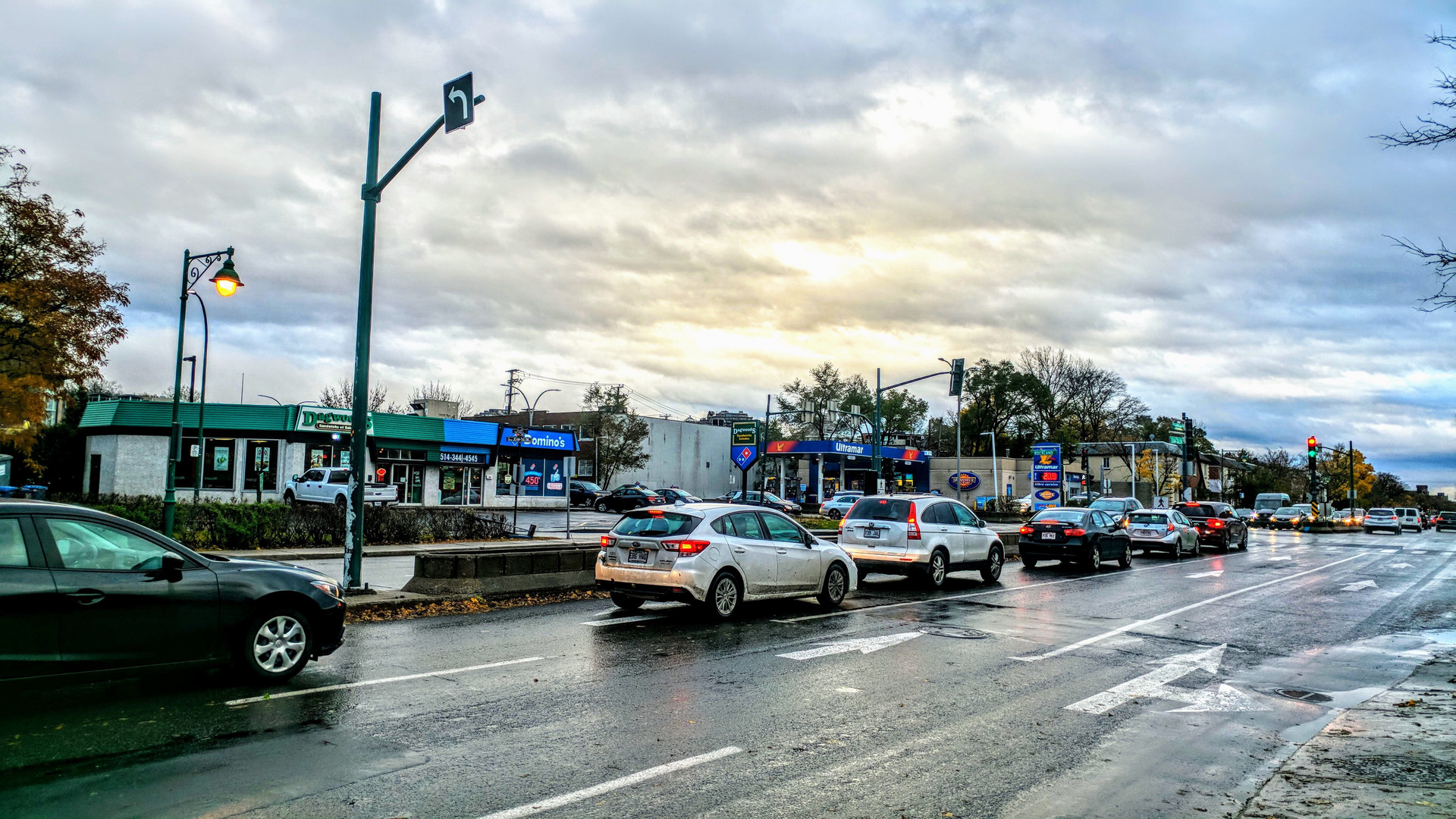Operational excellence in motion: using traffic analytics to run the four walls

Try TrafficZoom’s AADT metrics today with a free trial
Get instant access nowOperational excellence in motion: using traffic analytics to run the four walls
Regional moves in both manufacturing and restaurants are a reminder that operations win or lose on the ground. Duro-Last’s new facility in Kernersville, North Carolina adds freight and workforce flows to a busy I‑40 and I‑85 corridor. At the same time, Red Robin’s leadership shift with an emphasis on four-wall operational excellence puts the focus on disciplined execution where customers actually show up. Both developments underscore the same point: when external demand shifts, the operators who see it first and adjust fastest protect margins and grow share.
This is exactly where C-Site fits. Operations excellence requires knowing when, where, and who is moving near your locations, then aligning staffing, inventory, and service to that demand with measurable precision. C-Site quantifies that demand at the address level using year-round observations of passing vehicles, then translates it into practical controls for scheduling, procurement, and revenue management.
An operational baseline you can manage
C-Site establishes a quantifiable baseline for each site that operations teams can manage against. In our reporting, Operation excellence control is calculated as a ratio between planned traffic and factual traffic for a period, typically a year. If a store realizes abundant traffic but misses plan, the ratio surfaces an operational gap rather than a demand issue. We routinely see examples where a traffic load ratio near 73% signals that the bottleneck is inside the four walls, not on the road.
This baseline rests on measurement fidelity. According to the C‑SITE Insight Product Manual, C‑Site provides nearly 100% time coverage and over 97% of the road network for FRC 6 and up, with high-resolution estimates for 95% of roadways. Data are resolved to very short segments, down to 35 feet, and time intervals within 5 minutes, often 15 seconds. Internal comparisons show our cross‑verified approach averages near 10% error where detector‑only methods exhibit about 30% and occasional spikes up to 60%. When competitors average traffic “along the road,” expected AADT errors can reach 150% with low spatial coverage. For operations teams, this difference is not academic. It is the difference between a staffing plan that fits demand by hour versus one that chronically over- or under‑allocates labor.
Translating road demand into staffing and service quality
C-Site turns traffic into hour-by-hour staffing guidance. Reports include:
• By-hour and by-day traffic distributions with heat maps that reveal congested hours
• Weekend versus weekday patterns
• Intraday speed and volume charts that indicate stop propensity and queue risk
Operations leaders use these charts to align crew size and roles to actual dayparts, rather than relying on POS lag or weekly averages. The Product Manual emphasizes that knowing peak load hours is crucial for schedule optimization and for targeted service enhancements during spikes. In practice, this means increasing drive-thru capacity or adding a third line cook between 11 a.m. and 1 p.m. when the heat map shows demand peaking, and dialing back during low‑traffic shoulder periods to protect labor margin.
Inventory control and procurement that match real seasonality
Operational excellence also depends on stock being available when demand arrives. C-Site’s monthly and seasonal traffic charts support procurement plans and par levels. If winter months in a college trade area show the steepest traffic decline, managers can taper orders accordingly. Conversely, in corridors with summer travel peaks, the system flags months where replenishment frequency should increase. The Operational Control section of our internal operations guidance is explicit: use traffic mobility trends to set optimum inventory levels and procurement schedules to satisfy consumer demand, not just historical sales.
Why external developments matter to operations today
New facilities and retail investments change demand patterns around your stores. C-Site quantifies those shifts so operators can respond before the variance shows up in comps. In a North Carolina case study built from our traffic-to-visit estimation methodology, the opening of a new travel stop near an existing convenience site increased Average Daily Traffic on the primary approach road by approximately 400 vehicles per day, equivalent to 8.5% of that road’s AADT. The existing store’s visits rose by 30% without any change in marketing or pricing. Additional flow analysis showed roughly +424 vehicles entering the incumbent site and +1,267 vehicles heading to the new stop. For an operator, that is a clear staffing and stocking signal, not just a site selection insight.
Kernersville’s new manufacturing presence will similarly alter local dayparts and vehicle mix. Contractor training days can create stable daytime peaks. Freight activity and shift changes can change early morning and late afternoon volumes. With C-Site’s ongoing monitoring, operators near such developments can set alert thresholds for a 5–10% ADT change on key approaches, then pre-commit labor and inventory moves for the affected windows.
From traffic to better revenue control
Knowing how many potential customers pass by weekly and monthly enables more precise revenue control. C-Site distinguishes local versus transit traffic and characterizes driver behavior using speed distributions, which helps teams estimate stop likelihood and tune offers. Recent enhancements add traffic flow demographics to identify dominant age and sex groups, income, and education profiles of passing drivers. In practice, that supports menu mix, daypart promotions, and even media choices. Our published guidance shows that combining cross‑verified traffic with these behavioral indicators has delivered up to a 28% higher ROI for new site investments, and the same precision improves operational decisions for existing stores.
A practical operating cadence for four-wall excellence
• Measure the true demand envelope. Use C-Site’s address-accurate AADT and hourly distributions as the single source of truth for each store’s demand, not corridor averages.
• Manage to the Operation excellence control ratio. If traffic is on plan but revenue lags, treat it as a staffing, service, or conversion problem and correct inside the four walls.
• Align labor to heat maps, not weekly averages. Staff to hourly peaks and troughs by weekday, and revisit allocations when external developments push traffic up or down by more than 5%.
• Tie procurement to seasonal charts. Increase replenishment ahead of forecasted high-demand months and trim orders when C-Site indicates seasonal softening.
• Segment by trip type. Use local versus transit and speed distributions to adjust service design and dwell-sensitive offers by approach road.
• Monitor competitors and new facilities. When C-Site flags a nearby opening, run an impact analysis and stage labor and inventory for the expected spillover.
Operational excellence is a discipline, not a slogan. It starts with measuring demand precisely, then running staffing, inventory, and service against that signal with a consistent scorecard. C-Site provides the empirical foundation: nearly full-time coverage, high spatial and temporal resolution, and proven visit estimation tied to real traffic. As external developments reshape corridors from the Carolinas to Colorado, that foundation turns volatility into predictable execution inside the four walls.
Sources: C‑SITE Insight Product Manual v3.1; Ticon Traffic Analytics Algorithmic approach v42; C‑Site for Operations internal notes; Competitor presence: a threat or a benefit case study, North Carolina; Sales Forecasting for Retail Chains blog, 2025.














